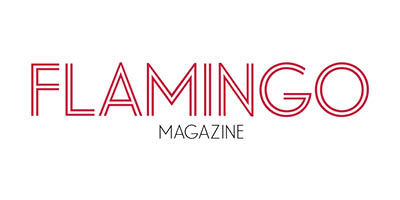It’s projected that $8.8 billion will be spent on native advertising in 2018, but that’s only a tiny fraction of overall ad budgets—a measly 5%.
Adweek reports that the biggest hurdle to native advertising is simple: 55% of marketers just don’t know enough about it. What is native advertising? Does it work? How do you do it effectively?
Also on Mediabistro


In the marketing and media world, there’s a huge lack of knowledge about this topic. Here are the basics every marketer needs to know about native ads.
What Is Native Advertising?
You may have heard other terms used to describe native advertising: sponsored content, paid content, sponsored stories, advertorials, etc. While those terms are types of native advertising, they all mean slightly different things, and they’re not the only types of native advertising. In general, native advertising meets the following criteria:
1. Paid
Native ads are paid for. The content you create and publish on your platform for free doesn’t count. (This is what makes it an ad.)
2. Native to the publisher’s platform
This is the “native” part of native advertising. Your paid advertisement—whether it’s a text ad or editorial content—feels like it’s a part of the platform upon which it appears. It blends in as a natural element of the environment.
3. Labeled as sponsored content
Because native ads appear to be part of the hosting platform, it’s required by law that you explicitly say it’s an advertisement. This is important to protect consumers from unscrupulous advertisers who try to trick readers into thinking a native ad is regular editorial or organic content.
Does Native Advertising Work?
Yes, it does! Here are three reasons why it’s an effective form of marketing.
1. Native advertising works because it’s targeted to the audience that reads the publisher’s website. This allows you to narrow your message for a very specific readership.
2. Native advertising works because it’s not disruptive to the user’s experience on the platform. The ads seamlessly blend in with the site (or app) on which they appear, so they aren’t overlooked the same way obvious ads are, and readers are more likely to engage. There’s also a higher level of trust and interest established right off the bat.
3. Native advertising works because it’s available in multiple formats. We’ve talked primarily about articles so far, but native ads can take other forms: curated playlists on Spotify, videos on YouTube or Facebook, and other creative ideas.
How Do I Create Effective Native Advertising?
As a marketer, native advertising can seem a little intimidating at first. But many marketers already have experience with some native advertising, even if they don’t know it. Many forms of pay-per-click ads, like Google Adwords or promoted Tweets, are considered native ads.
It can get a bit trickier when you start to explore native content ads, like a sponsored post.
Below are the steps you should follow to create your own native ads:
1. Understand your audience
Learn the audience’s demographics and interests. If you’re looking to create some sponsored content, talk with the publisher or editor about their readers. Immerse yourself in the content on the website, so you get what they’re all about.
2. Choose an angle that appeals to the audience
It helps to create a Venn Diagram—you know, the one with two overlapping circles. One circle should include things your target audience is interested in, and the other circle should contain things the publisher’s audience is interested in. The overlapping section in the middle is your sweet spot and a great inspiration for content ideas and article angles.
3. Match the editorial standards of the publisher
Make sure your copy has the same tone and voice as regular editorial content on the site. Readers should be able to read your piece and not detect any difference in quality from other articles on the site.
4. Create valuable content
Provide relevant information or insight. Interview an interesting person. Give a unique perspective. Be helpful. Be entertaining. Your native ad must add value to the reader.
5. Think outside the box
Don’t be afraid to be creative and go beyond your typical advertising strategy. This is a chance to go beyond your established brand tagline or call to action and make a long-form piece of engaging content targeted at a specific audience.










